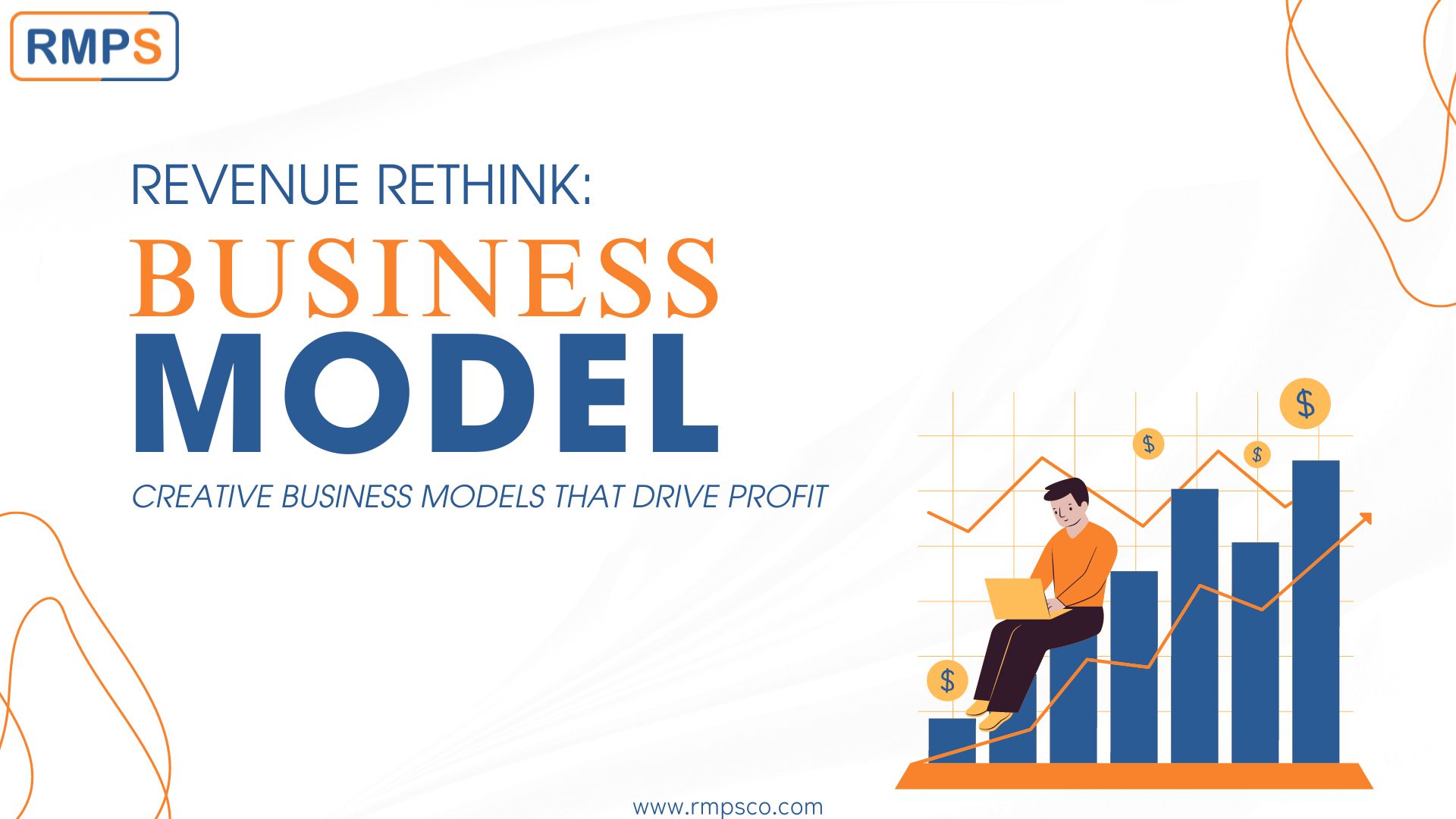
In today’s fast-paced business environment, traditional revenue models are being challenged by innovative approaches that redefine how companies generate profit. To stay competitive, businesses must rethink their revenue strategies and adopt creative business models that not only drive profit but also provide sustainable growth. In this blog, we’ll explore some of the most effective and creative business models that modern companies are using to boost their bottom line.
The Need for Creative Business Models
As markets evolve and customer expectations shift, businesses need to move beyond conventional methods of generating revenue. Creative business models offer new ways to deliver value, capture customer attention, and maximize profit. These models are not just about selling products or services—they’re about creating unique value propositions that resonate with today’s consumers.
1. Subscription-Based Models
Subscription-based models have revolutionized how businesses generate recurring revenue. Companies like Netflix, Adobe, and Spotify have successfully implemented this model, offering customers continuous access to products or services for a recurring fee. This model provides a predictable revenue stream and fosters long-term customer loyalty.
Key Benefits: Recurring revenue, Improved customer retentionand opportunities for upselling and personalization.
2. Freemium Models
The freemium model offers basic services for free while charging for premium features. This approach is particularly popular in the software and app industries, with companies like Dropbox, LinkedIn, and Spotify leading the way. The free version attracts a large user base, some of whom eventually upgrade to paid plans for additional features.
Key Benefits: Large user acquisition, Scalable revenue potentialand low barrier to entry for customers.
3. Pay-Per-Use Models
Pay-per-use models charge customers based on their actual usage of a product or service. This model is common in industries like utilities, cloud computing (e.g., AWS, Microsoft Azure), and transportation (e.g., Zipcar). It provides flexibility for customers while ensuring that businesses are paid proportionally to the value delivered.
Key Benefits: Flexible pricing for customers, Direct correlation between usage and revenue andEncourages usage-based innovation.
4. Marketplace Models
Marketplace models connect buyers and sellers on a single platform, earning revenue through transaction fees, listing fees, or premium services. Companies like Amazon, Etsy, and Airbnb have successfully used this model to scale rapidly by facilitating peer-to-peer transactions.
Key Benefits: Scalable and low overhead, Network effects drive growthand Diverse revenue streams through multiple fees.
5. Affiliate Marketing
Affiliate marketing involves earning commissions by promoting other companies’ products or services. This model is especially effective for bloggers, influencers, and online content creators. Businesses benefit from increased reach and sales without the overhead of a full sales team, while affiliates earn revenue by leveraging their audience.
Key Benefits: Cost-effective marketing strategy, Performance-based revenue generationand Expanded reach through affiliate networks.
6. Licensing and Franchising Models
Licensing and franchising allow businesses to expand their reach without the costs associated with building and managing new locations or products. Companies like McDonald’s and Disney use these models to generate revenue by granting other businesses the right to use their brand, products, or intellectual property.
Key Benefits: Scalable growth with minimal capital investment, Ongoing revenue from licensing fees or royaltiesandExpanded brand presence with reduced operational risk.
7. Crowdfunding
Crowdfunding allows businesses to raise funds by soliciting small contributions from many people, typically via platforms like Kickstarter, Indiegogo, or GoFundMe. This model not only generates capital but also validates market demand before a product or service is fully developed.
Key Benefits: Access to capital without traditional investors, Market validation through direct consumer interest and Built-in customer base before product launch.
8. Digital Product Sales
Selling digital products such as e-books, online courses, software, and digital art offers high profit margins with minimal ongoing costs. Companies like Udemy, Coursera, and Shopify empower creators to monetize their knowledge and skills by selling digital products directly to consumers.
Key Benefits: High profit margins, Scalability with low incremental costsandGlobal reach with no physical inventory.
9. Shared Economy Models
Shared economy models leverage the underutilized assets of individuals, such as homes, cars, or tools, to provide services to others. Companies like Airbnb and Turo have capitalized on this model, offering consumers affordable options while generating revenue from service fees.
Key Benefits: Efficient use of resources, Environmental and economic benefitsandStrong community and user engagement.
Conclusion
Rethinking your revenue model is essential for staying competitive and driving long-term profit. By exploring and adopting creative business models, you can tap into new revenue streams, build stronger customer relationships, and ensure sustainable growth. Whether you’re a startup or an established business, these innovative approaches can help you navigate the complexities of today’s market and achieve greater financial success.
Newsletter : bmX – Subscribe on LinkedIn
This article is only a knowledge-sharing initiative and is based on the Relevant Provisions as applicable and as per the information existing at the time of the preparation. In no event, RMPS & Co. or the Author or any other persons be liable for any direct and indirect result from this Article or any inadvertent omission of the provisions, update, etc if any.
Published on: August 9, 2024
